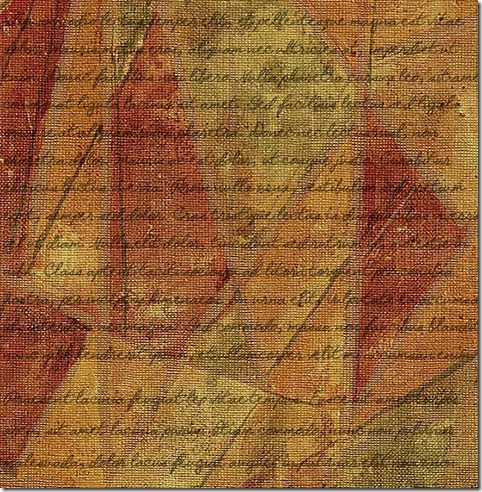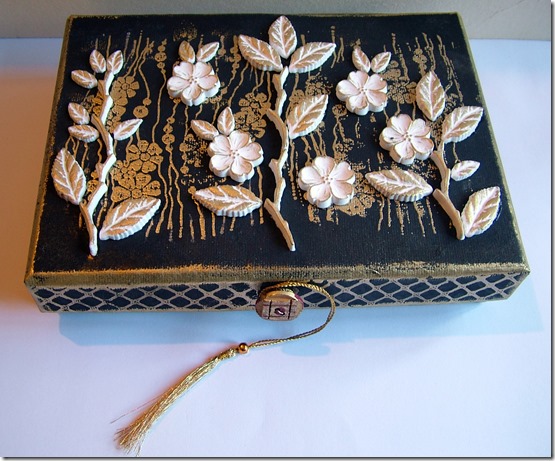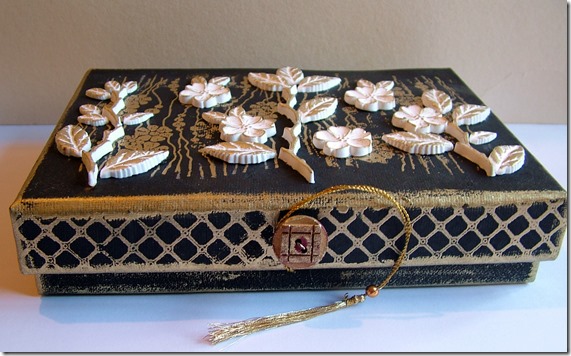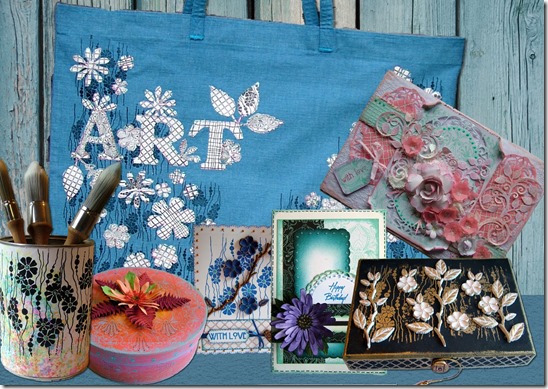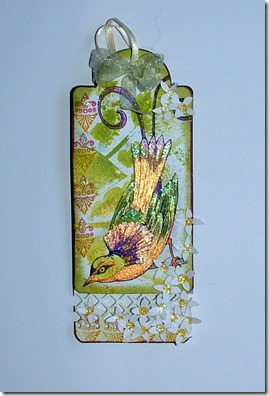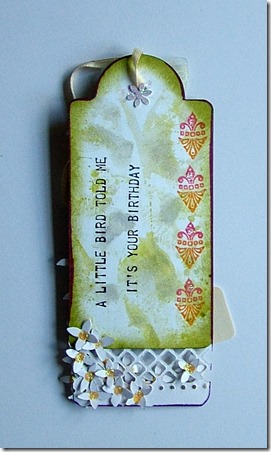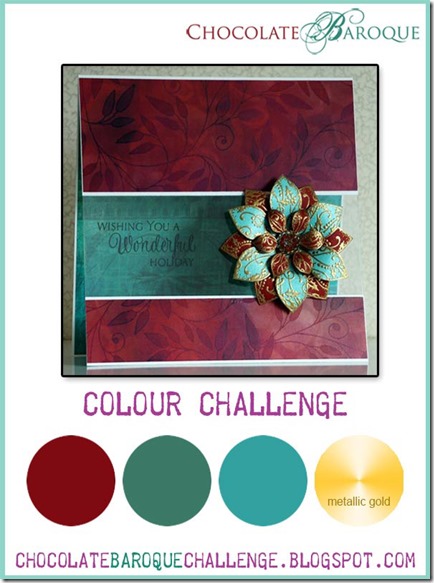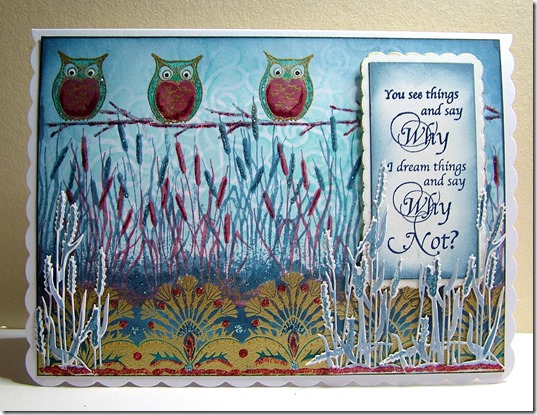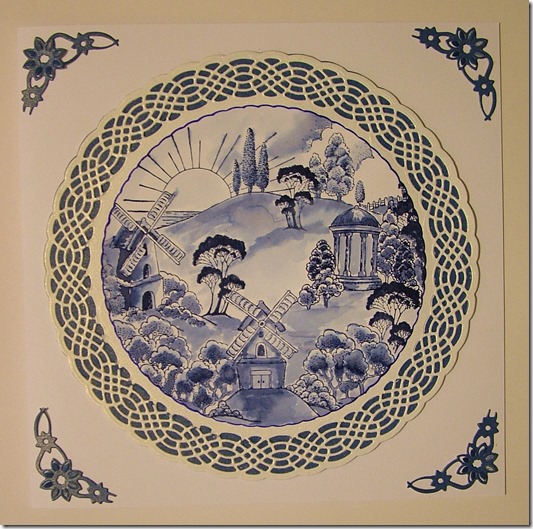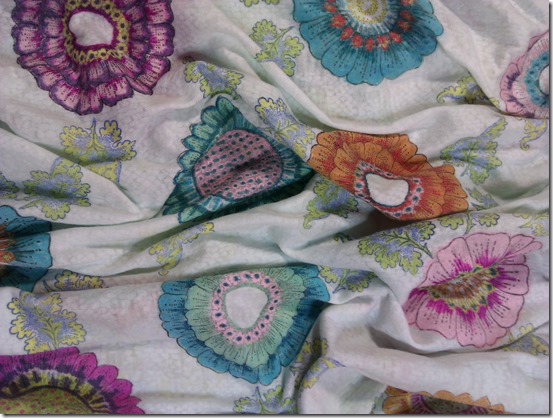


The Challenge
I have really enjoyed my first Design Team Challenge for Beads Direct. I was provided with the beautiful quality bicones from Preciosa in grey-blue colourway. The remit was to design something to fully showcase the beads, combining them with additional materials of my choice (within a given budget).
They are so gorgeous and need very little embellishing. I chose to combine them with copper and rose gold which really makes the grey-blue colour sing out. They would also look equally good with silvers for a cooler more subtle effect.
I have come up with two versions of a sparkly drop necklace for you. A real show stopper party piece for special nights out and a more delicate version for everyday wear; along with earrings to match. Great for the festive season.
You can make all three pieces with the materials listed. I have also given details of materials for each piece individually to help you with your shopping list.
Note: If you use the lengths of 0.8mm wire that I have indicated in the step by step you will have sufficient from one 6m pack to create all three designs with approx. 0.5 to 1m extra to remake any looped components that don’t quite work out.
Happy Beading, Anne x.
Equipment Needed
Note: You will need a Whammer Hammer to create the copper tassels. It is possible to adjust the design by adding beaded or cord tassels, or omit the tassels and just add a metal spacer bead to the base of the drops. However, if you want to work with wire in your designs I can highly recommend this tool; it is well worth the investment.
Materials
Click here for a quick link to the shopping list from Beads Direct.
Step By Step Guide
Step 1 (out of 14)
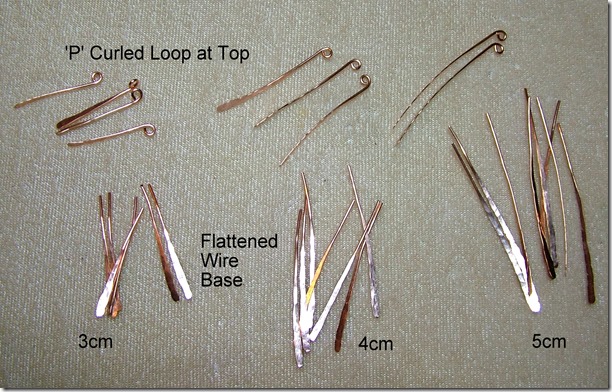
Making the Copper Tassels:
- Cut 3 lengths of 0.8mm copper wire measuring 3, 4 and 5cm for each tassel.
- Leaving the top 1cm free, flatten the wire using the Whammer Hammer. Start lightly with a stroking motion and gradually increase the pressure towards the base. Try to keep the wire straight as you flatten. Stop and ease into shape as you go if needed.
- Make a ‘P’ curled loop on the top using round nosed pliers.
- Add the drops onto an eyepin to create a graduated tassel drop orientating the ‘P’ loops all to the back.
Step 2 (out of 14)
The Earrings:
Materials: 14mm, 10mm and 8mm bicones X 2 of each and approx. 80cm of 0.8mm copper wire. From the Findings Kit: 4mm spacer bead X 2, eyepins X 2, and earring hooks X 2.

- Make 2 sets of copper wire tassels as given in step 1. Align the drops so that they make a mirror image pair.
- Add a 4mm spacer and an 8mm bicone and top with a simple wrapped loop. Orientate the top loop at 90 degrees to the base loop.
Note: The eyepins are quite stiff and beginners may find them tricky to make wrapped loops. Being a harder wire they will maintain their shape well, so a standard loop would be ok here.
Step 3 (out of 14)

- Cut two 10 cm lengths of 0.8mm wire. Place one of the 10mm bicones half way along the wire and make a loop. Attach the loop to the tassel and make a wrap to hold.
Step 4 (out of 14)

- Place the 10mm bicone onto the tassel drop and make a wrapped loop at the top of the bead at right angles to the bottom loop. Wrap the wire around the bead top to create a coiled cap, leaving approx. 2cm of wire free for decoration.
- Place the pliers flush with the wire end and curl in the opposite direction to create a decorative curl. Press down so it sits flat onto the bead.
- Wrap and finish the bottom of the bead in the same way.
Step 5 (out of 14)
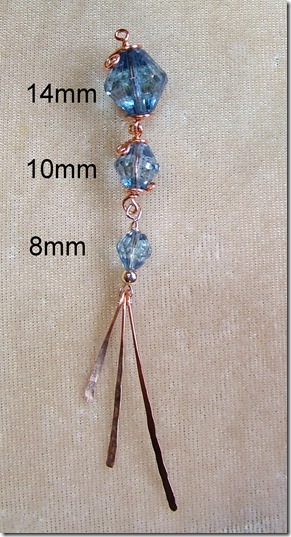
- Cut two 14cm lengths of 0.8mm wire. Use to wrap, decorate and attach the 14mm beads as given in steps 3 and 4.
Step 6 (out of 14)
- Finally attach the earring wires.
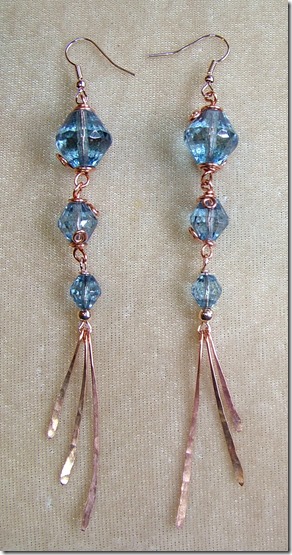
Note: These earrings are opulent shoulder dusters (approx. 11cm long). They can easily be adapted by using fewer beads, or by omitting the copper tassels, if you prefer.
Step 7 (out of 14)
The Single Plume Necklace:
- Materials: 14mm bicone X 1, 10mm bicone X1, 8mm bicones X9, Preciosa Twins approx. 5g, Miyuki Delicas approx. 2g, 0.8mm copper wire approx. 50cm. From the Findings Kit: 4mm spacer beads X9, headpins X 8, eyepin X 1, 2mm crimp beads X 4, clasp, jump rings X 2, calottes X 2, beading cable approx. 60cm.

- Make one tasselled drop in the same way as the earrings steps 1-5.
- Thread 8 headpins with a 4mm spacer and an 8mm bicone and make wrapped loops.
Step 8 (out of 14)
- Cut a length of bead cable, approx. 60cm, and thread with the Preciosa twins and Delicas, alternating one twin bead and two Delicas along the length until you have approx. 33 twins along the strand. Use a stopper bead or crimp to prevent the beads sliding off, but do not add permanent fixings yet.
- Now start adding the drops. Continue the same sequence with the seed beads, spacing the drops with 2 twins between each drop loop. Note: The loops of the drops will slide over and sit on the top of the small Delicas.
- Continue adding the seed beads up the other side, matching the left and right sides.
- Test the necklace length and add or remove a few seed beads from each side until happy with the length. Note: Allow approx. 4cm for the clasp fixings in your adjustments.
- Add a crimp bead and a 4mm spacer bead, pass the cable through a calotte. Add another crimp and pass the cable back down and through the bead and first crimp plus a couple of the twins. Adjust the cable and tighten the crimp beads to secure. Close the calotte to hide the crimp and trim the cable close. Repeat on both sides.
- Curl the calotte loops enclosing a jump ring. Open one of the jump rings and add the clasp to one side. Note: When turning the calotte loop curl it right back and in on itself to make it more secure.

In this version I have not utilised the second hole on the twin beads. I rather like the texture, sparkle and movement that they give.
Step 9 (out of 14)
The Multidrop Necklace:
- Materials: 14mm bicones X 3, 10mm bicones X 9, 8mm bicones X 13, Preciosa Twins approx. 5g, Miyuki Delicas approx. 2g, 0.8mm copper wire approx. 4m. From the Findings Kit: 6mm spacer bead X 24, 4mm spacer bead X 8, headpins X 4, eyepins X 7, 2mm crimp beads X 4, clasp X 1, beading cable approx. 1.2m.

- Make 7 sets of copper wire tassels as given in step 1.
- Add an 8mm bicone and make a wrapped loop. Orientate the top loop at 90 degrees to the base loop. Note: The eyepins are quite stiff and beginners may find them tricky to make wrapped loops. Being a harder wire they will maintain their shape well, so a standard loop would be ok here.
- Thread 4 headpins with a 4mm spacer and an 8mm bicone and make wrapped loops. Note: Wrapped loops are more secure in this instance as they will be sitting on the fine bead cable which is more likely to slip through any small gaps.
Step 10 (out of 14)

- Cut 2 X 8cm 0.8mm copper wire, attach and make decorative wraps with 2 X 8mm bicones as given in steps 3 and 4.
- Cut 5 X 10cm 0.8mm copper wire, attach and make decorative wraps with 5 X 10mm bicones in the same way.
Step 11 (out of 14)

- Cut 4 X 10cm 0.8mm copper wire, attach and make decorative wraps with 4 X 10mm bicones as given in steps 3 and 4.
- Cut 3 X 14cm 0.8mm copper wire, attach and make decorative wraps with 3 X 14mm bicones in the same way.
Step 12 (out of 14)

- Cut 20 X 5.5 cm 0.8mm copper wire. Use to make simple wrapped loops and join the 6mm spacer beads to the drops. Add X 4 to the centre drop, X 3 to the next pair of drops, then X 2 to the next pair and finally X 1 to the three outer pairs.
Step 13 (out of 14)
Note: As this is a ‘gem heavy’ piece jump rings are not really strong enough for securing the clasp as they are likely to pull open. I have created simple but strong clasp fixings using the 0.8mm copper wire. If you are a beginner you could add split rings instead but they can be a bit tight to fit onto the lobster clasp.

- Cut 2 X 14cm of 0.8mm copper wire. Make a simple wrapped loop at one end.
- Add a 4mm and 6mm spacer bead. Ease the wire back though the 6mm spacer. Take time, stroking the wire and gently bending into a loop as you go. Use pliers to help pull it back through the bead. Leave a little space between the 4 and 6mm beads and use this to coil wrap and finish the wire. Add the clasp to one side before passing back the wire. Lightly Whammer the loop to work harden (this step is not essential if you don’t have the hammer).
Step 14 (out of 14)
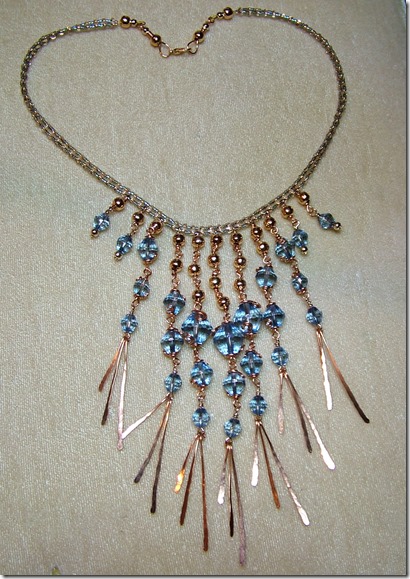
- Cut 2 lengths of bead cable, approx. 60cm, and thread one strand with the Preciosa twins and Delicas as given in step 8, adding approx. 26 twins on each side of the drops section.
- Test the necklace length and add or remove a few seed beads from each side until happy with the length. Note: Allow approx. 9cm for the clasp fixings in your adjustments.
- Thread the second strand of cable through the second hole in the twin beads, adding in 2 Delicas between the twins (i.e. to make a double strand). In the central section between the middle 5 drops add only 1 Delica. This will make the necklace curve nicely at the front. Take care not to go through the wire loops of the drops sitting on the first strand.
- Finally, pass both bead cables though a crimp, a 6mm spacer, another crimp and then a 4mm spacer. Attach the clasp fixings and loop the cables back through all the spacers and crimps, plus through a couple of the twins. Adjust, secure the crimps and trim close.
I hope that you like my first designs for Beads Direct.
Happy beading, Anne x.


















